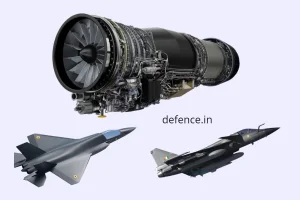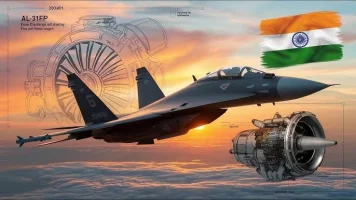- Views: 2K
- Replies: 10
The Russian MiG-31BM interceptor, armed with the R-37M missile, has proven its mettle in the skies over Ukraine. This formidable pairing has raised questions about the Indian Air Force's (IAF) decision to retire its MiG-25 fleet without adopting the MiG-31.
Historically, the IAF's MiG-25 was unmatched in South Asia, particularly during the Kargil War, where it excelled in high-altitude reconnaissance.
However, with the advent of advanced satellite technology, the MiG-25's primary role became less critical. By 2006, the IAF decommissioned its fleet, opening the door for a potential upgrade to the MiG-31.
Russia, eager to showcase its advanced weaponry, offered India the MiG-31, a vastly superior interceptor to the MiG-25. The MiG-31, with its powerful Zaslon radar and R-33 missiles, can engage targets at up to 300 kilometers, offering a significant defence advantage.
However, the IAF surprised many by declining the offer, instead bolstering its fleet of Su-30MKI multi-role fighters. This decision sparked debate about whether India missed a strategic opportunity or made a prudent choice.
The Case for the MiG-31
Proponents of the MiG-31 argue that its long-range interception capabilities would have provided a significant deterrent against high-altitude threats, such as bombers and reconnaissance drones.Additionally, its potential to carry hypersonic missiles like the Kinzhal would have given India a unique offensive capability in the region.
The Case for the Su-30MKI
However, the IAF's decision is grounded in a strategic assessment of India's specific needs. The Su-30MKI, while not as specialized as the MiG-31, offers greater versatility.It can perform air-to-air and air-to-ground missions, making it a valuable asset in various conflict scenarios. Moreover, the Su-30MKI is easier to maintain and operate, reducing logistical burdens on the IAF.
Furthermore, the MiG-31's reliance on speed and altitude to evade enemy missiles might be less effective against adversaries with advanced high-speed missiles. Modern warfare increasingly favors electronic warfare and situational awareness over sheer speed.
India's Strategic Calculus
India's decision reflects a pragmatic approach that prioritizes multi-role capabilities and operational flexibility over niche specialization. While the MiG-31 remains a valuable asset for Russia, facing threats like large fleets of NATO aircraft, India's unique challenges necessitate a more versatile approach.The IAF's choice to invest in the Su-30MKI is not a rejection of the MiG-31's capabilities but a strategic alignment with India's evolving defence needs. As the global security landscape continues to shift, India's decision serves as a reminder that even the most advanced weapons must fit into a broader strategic framework to be truly effective.


